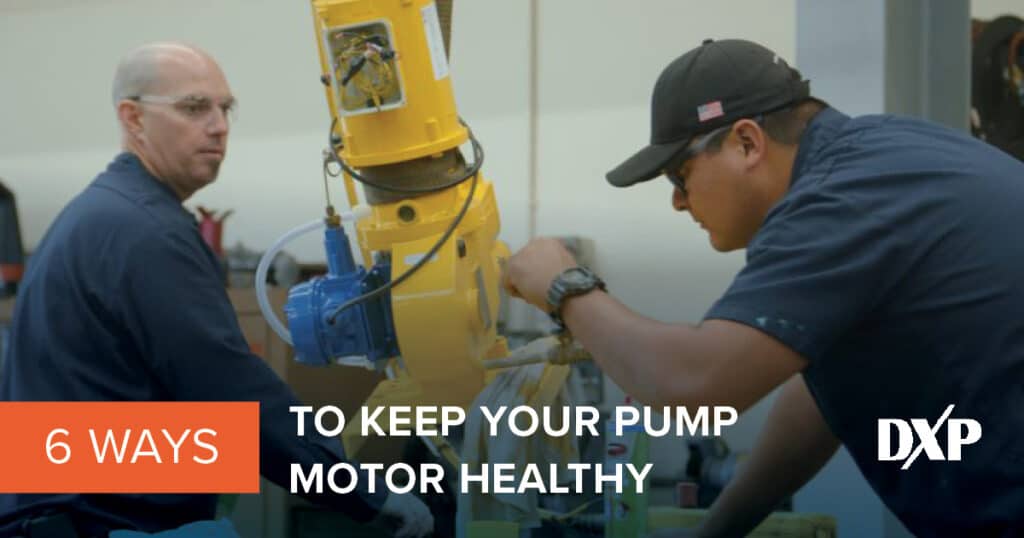All pumps operate using some sort of motor drive system. There are actually many different ways to produce pumping power, depending on the type of pump and the operating environment. The most common are fuel-driven or electric motors. All pump motors require monitoring and maintenance to perform their best and last longer.
Let’s review some of the most important steps you can take as a pump operator to keep your pump motor healthy for many years to come:
- Proper Calibration
An effective pump system and efficient pump motor start with proper installation. Before you start pumping anything, the motor should be thoroughly tested and calibrated. This is a very important step, whether you are installing a brand new pump or adapting a new/used/refurbished motor to your existing pump system. Make sure the motor is running smoothly and providing the power you need. If not, it’s best to make adjustments during the installation and calibration stage to prevent more problems from happening later.
- Lubrication is Vital
Most pump motors require very specific types and amounts of lubrication. This should be a high priority in your maintenance plan. Check and test the grease, silicone or oil regularly. Inspect filters and lines to ensure there are no contaminants causing trouble. Add or replace lubrication as required to maintain optimal pump motor performance.
- Follow a Consistent Maintenance Schedule
Lubrication is just one part of an effective maintenance schedule. Understand the manufacturer’s recommendations for specific pump maintenance procedures. Develop a consistent schedule that you and your staff can follow. Know which maintenance steps need to be taken and how often. Pre-schedule pump inspections and always remember the importance of preventative maintenance. It’s called “preventative” for a reason. You can minimize the risk of catastrophic pump failures and damage by being proactive with your maintenance plan.
- Log All Pump Maintenance
In addition to having a consistent pump schedule, you should always log every single maintenance task taken for each piece of pump equipment—especially the drive system. This helps everyone on your team know what has been done and when the work was completed. This can help you avoid redundancies. It can also be an effective monitoring solution. You may be able to learn there is a potential problem when certain maintenance procedures are required sooner than they should be due.
- Always Be Monitoring
Not even the most thorough maintenance plan is foolproof. Unexpected problems can and will happen within any pump system at any given time. It is critical to continually monitor your equipment. Track system performance and look for inconsistencies. Use technology to help you monitor key performance indicators (KPI) and proactively address any issues that arise. This is a good way to catch minor problems before they turn into major pump motor failures.
- Minimize Vibrations and Moisture
Excessive vibrations and moisture are two of the biggest challenges in pump motors. Both can cause serious damage and performance issues. Always shield the motor from vibrations, even when they are not running. Always be aware of excess moisture that can lead to lubrication problems and rust. Again, it’s best to identify and address these potential challenges before they develop into something much worse.
These are just six of the most crucial steps to better pump motor maintenance. Your pump’s motor is its heart, so always pay special attention to the drive system to keep it as healthy as possible.
For help with your pump motor maintenance, precision installation and custom system calibration, contact DXP Pacific today.

